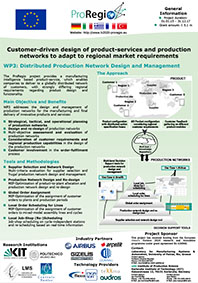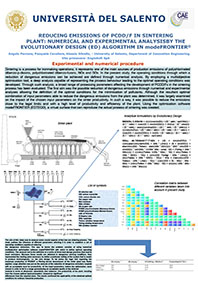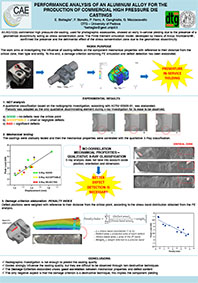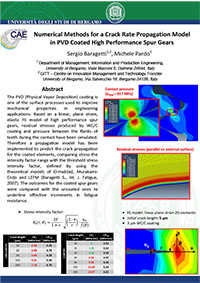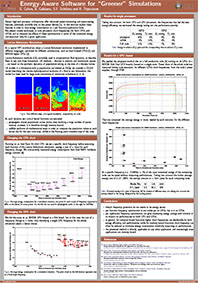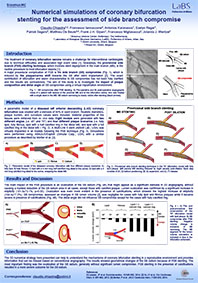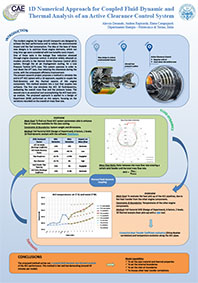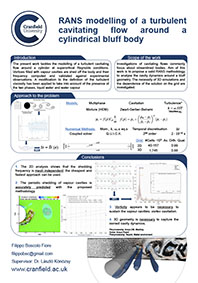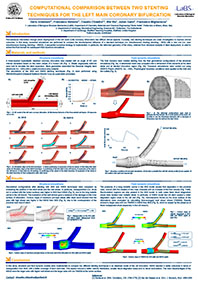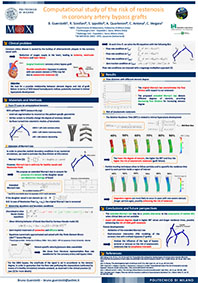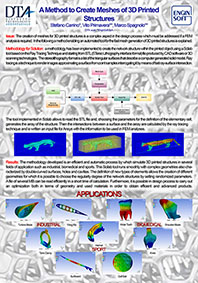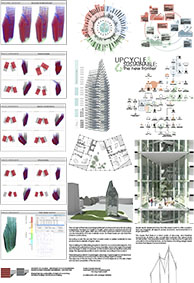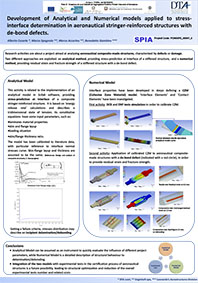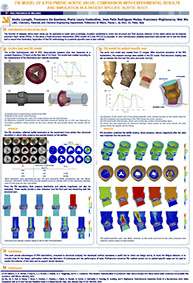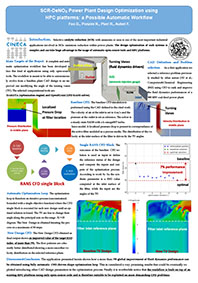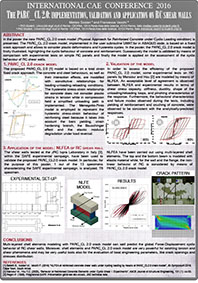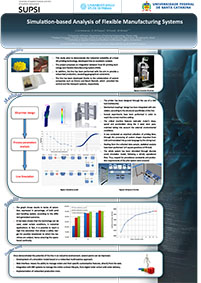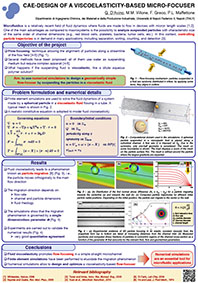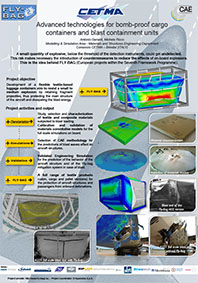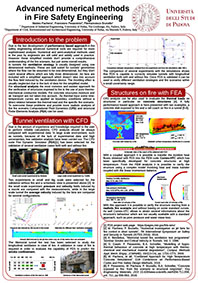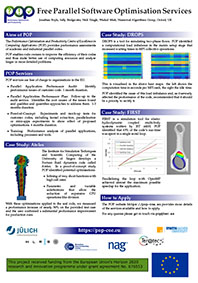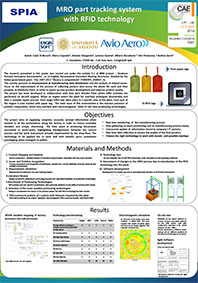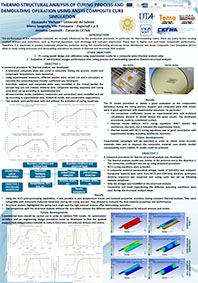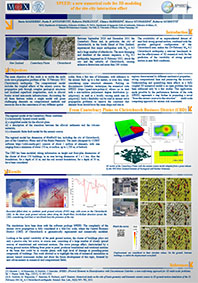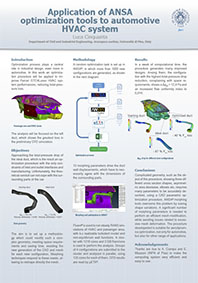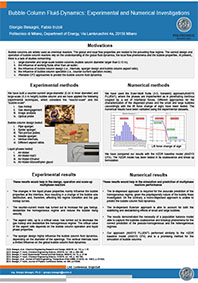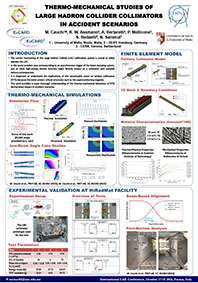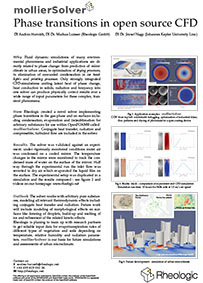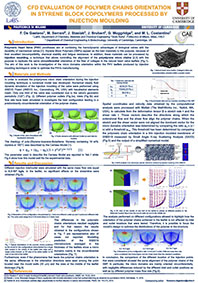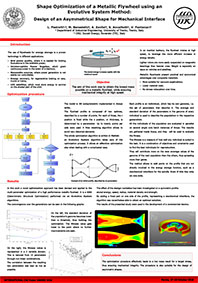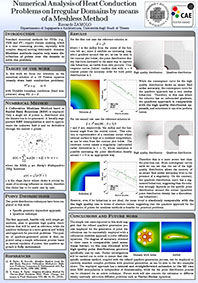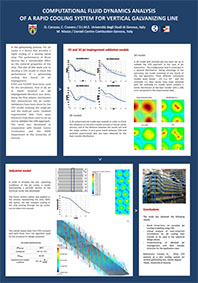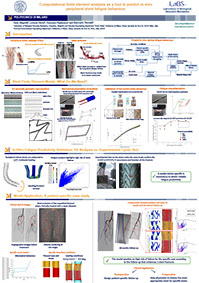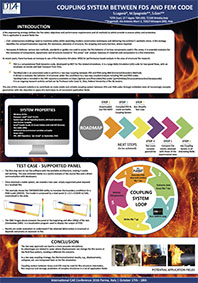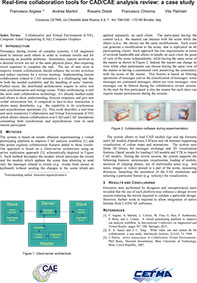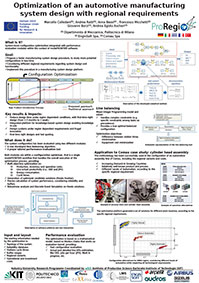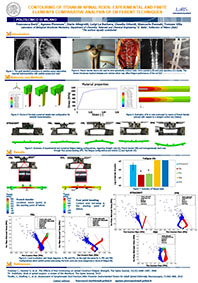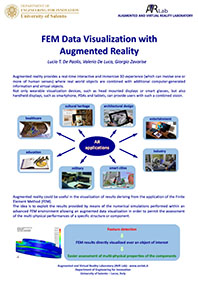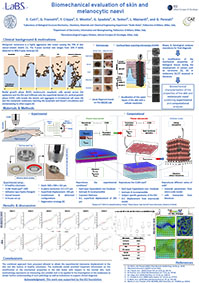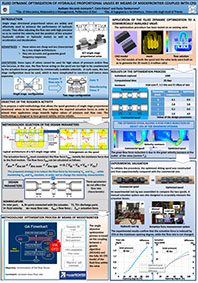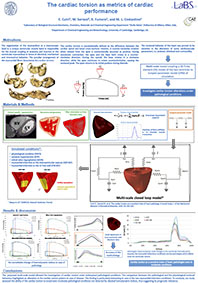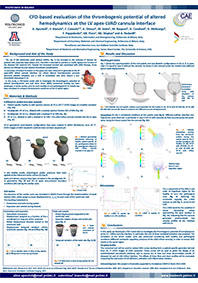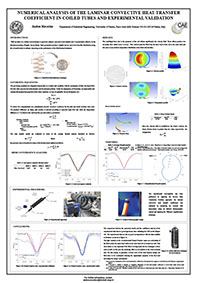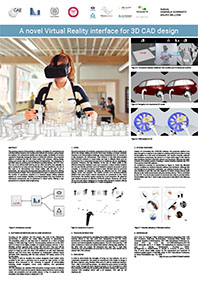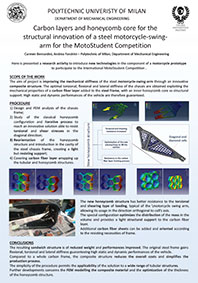Poster Award 2016 | THE FIVE COMPETITION WINNERS
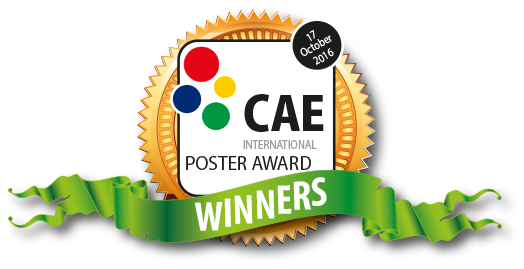
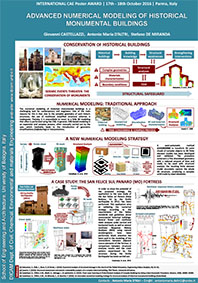
02. Advanced numerical modeling of historical monumental buildings
Antonio Maria D'Altri
Giovanni Castellazzi
Stefano de Miranda
University of Bologna
In this study, an innovative mesh generation approach for the structural analysis of historical monumental buildings is presented. The method consists in a peculiar breakdown of the geometry starting from laser scanner or photogrammetric surveys. A large reduction in the required time in comparison to CAD-based modeling procedures is achieved. A geometrical and structural validation of the method is carried out on a historical masonry castle application. The findings show good reliability and effectiveness of the FE model generation approach.
Civil Engineering
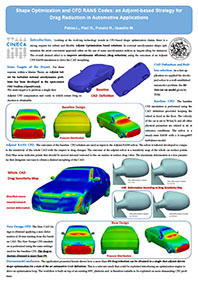
09. Shape Optimization and CFD RANS Codes: an Adjoint-based Strategy for Drag Reduction in Automotive Applications
Leonardo Palma
Roberto Pieri
Maurizio Quadrio
Politecnico di Milano
Raffaele Ponzini
CINECA
Looking at the evolving technology trends in CFD-based shape optimization, there is a strong request for Adjoint Optimization based solutions. In external aerodynamics the most convenient approach relies on the use of aerodynamics indices as targets. The desired effect is to improve aerodynamic efficiency using the outcomes of an Adjoint CFD RANS simulation to drive the CAD morphing. For these reasons an Adjoint Solver for turbulent external aerodynamics problems has been developed in the open-source CFD Toolbox (OpenFOAM) . The application presented shows how a more than 5% drag reduction can be obtained in a single shot adjoint-driven shape optimization for an automotive CAD definition.
Automotive
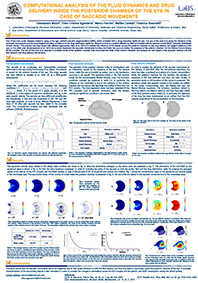
13. Computational analysis of the fluid dynamics and drug delivery inside the posterior chamber of the eye in case of saccadic movements
Alessandra Moioli
Elisa Cristina Sganzerla
Marco Ferroni
Federica Boschetti
Politecnico di Milano
Matteo Cereda
Luigi Sacco Hospital, Milan
The aim of the work is to study the influence of the saccadic movements and the physiological boundary conditions on the drug distribution inside the vitreous humour in patients affected by AMD and treated with an injection of anti-VEGF. This study shows that the saccadic movements cannot be neglected due to their great influence on both the fluid dynamic and the drug delivery mechanism. A complete characterization of the surrounding tissues is also mandatory in order to consider the changes in permeation across the RCS complex and the specific anti-VEGF consumption nearby the retinal surface.
Biomechanics
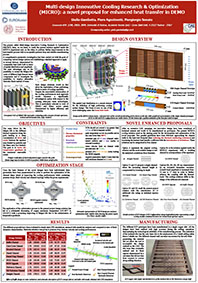
40. Multi-design Innovative Cooling Research & Optimization (MICRO): a novel proposal for enhanced heat transfer in DEMO
Giulio Gambetta
Università degli Studi di Padova
Piero Agostinetti
Piergiorgio Sonato
Consorzio RFX (CNR, ENEA, INFN, Università di Padova, Acciaierie Venete SpA)
In the framework of my PhD research activity, several novel design solutions for high performance cooling systems have been analyzed and developed, permitting to evaluate the challenging heat transfer conditions foreseen in the future fusion devices.
The project, called Multi-design Innovative Cooling Research & Optimization (MICRO), aims, on one hand, to verify the present solution applied inside the accelerating grids in MITICA experiment (the 1MV Neutral Beam Injector currently under construction in Padova) and, on the other, to perform further improvements in the heat transfer process with an acceptable pressure drop and reliable manufacturing process. The grids of the MITICA accelerator, whose function is to accelerate a beam of negative hydrogen ions by means of electrostatic potentials, are in fact subjected to extremely high heat loads, concentrated around the apertures for the ions. Some of these grids are particularly critical by the thermo-mechanical point of view, because they are exposed both to the beam halo and to a large amount of electrons generated by stripping reactions inside the accelerator. The consequent heat load has typically an annular distribution around the apertures with peaks of 10 MW/m2 and around 1.4 kW to be evacuated per aperture, causing a high cooling complexity. A comprehensive parametric investigation has been then carried out with the goal of defining a novel set of cooling proposals whose aim is to lower the temperature gradients inside the copper grid to the maximum reasonable extent, while respecting the set of constraints given by this particular application. The main advantages rely in the decrease of the associated strain and stress field inside the grids, obtaining the possibility to extend the fatigue life-cycle of these components characterized by high thermal stress and to investigate the possibility to employ alternative dielectric fluids instead of water. Such design solutions would in fact allow the exploitation of less performing fluids in terms of cooling capability. Despite the unavoidable deterioration of the cooling performances such approach would represent a significantly advantageous option with respect to the existing ultra-pure water technologies. This is particularly relevant in view of DEMO and future power plants characterized by higher efficiency and reliability. Due to the objective difficulties in reproducing the reference thermal load given by the Neutral Beam Injector optic, the innovative solutions will be tested in a domestic experimental tests facility (ICE - Insulation and Cooling Experiment) where the applied heat flux will be given by the exploitation of ceramic heaters. The poster gives an overview of the performed activities, starting from the introduction of the problem, to the CAE campaign, till the manufacturing of the prototypes.
Energy

45. Multilevel Approach for Vibration Characterization of a Lawn Tractor through Numerical Tools and Experimental Analysis
Leonardo Bertini
Francesco Bucchi
Bernardo Monelli
Paolo Neri
Università di Pisa
The activity was originated in the framework of a collaboration between University of Pisa and Global Garden Products (GGP). The goal was to develop multilevel simulation and experimental tools aimed at characterizing the vibration behavior of a Lawn Tractor. These tools can be used to improve the comfort of the driver of the tractor and to avoid components resonance due to engine and blades excitations. A Semi-flexible MultiBody model and a Finite Element model were developed and successfully validated through comparison with experimental results.
Mechanics
Special Mention
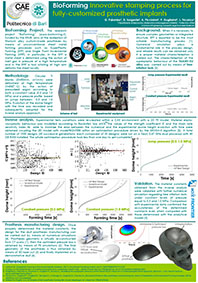
44. Innovative stamping process for fully-customized prosthetic implants
Gianfranco Palumbo
Antonio Piccininni
Pasquale Guglielmi
Luigi Tricarico
Politecnico di Bari
Donato Sorgente
Università degli Studi della Basilicata
In the present work, in order to evaluate the deformation behaviour of a titanium alloy under superplastic conditions, an experimental-numerical approach was used. In particular, starting from Free Inflation Tests with a constant pressure profile and a pressure profile based on jumps between two different values, the strain rate sensitivity index (m) value was obtained by means of the inverse analysis based on a genetic algorithm. The subsequent comparison between the results of the numerical simulations implementing the data obtained from the inverse analysis and the experimental results show a good agreement.
